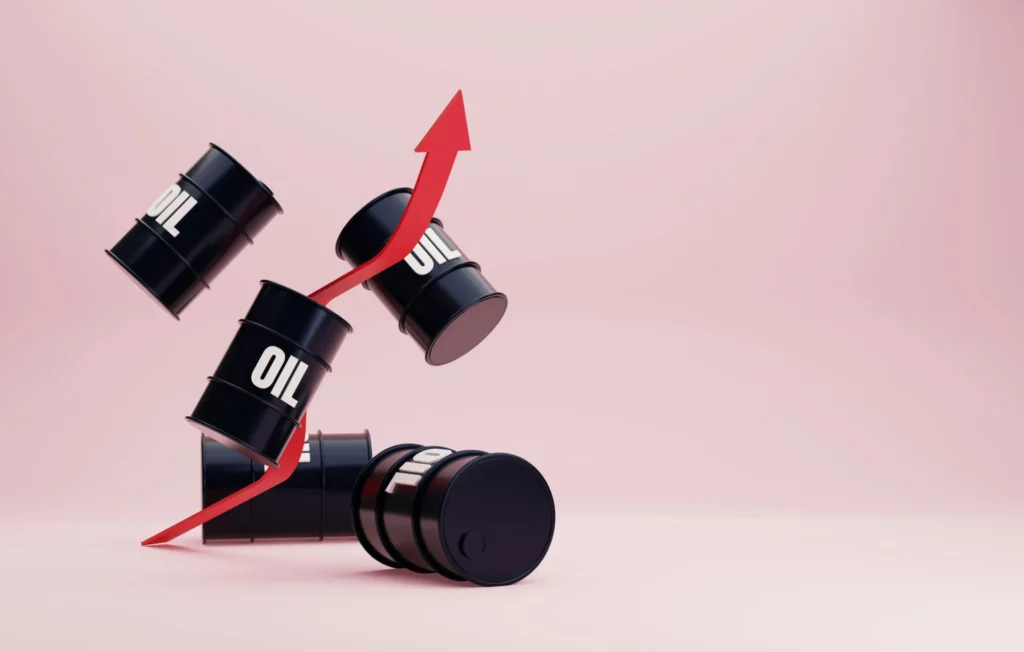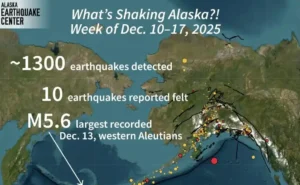Oil prices rose after the Israel-Iran conflict, sending shockwaves through financial markets and sparking concerns about broader economic consequences worldwide. Last week’s missile and drone exchange between Israel and Iran triggered immediate turbulence in global oil markets and investor sentiment.
Brent Crude, the leading international benchmark, initially surged to over $78 per barrel on Friday. While it has since dipped to $74.50, the price remains $10 higher than just one month ago.
Oil prices frequently shift in response to global tensions, but experts say the recent increase stands out for its timing and potential ripple effect. Though the current price is far below the $130 per barrel peak seen during Russia’s 2022 invasion of Ukraine, analysts warn the situation remains volatile.
Rising oil costs often lead to higher petrol station prices, but that’s only part of the equation. Higher energy costs affect nearly every sector, from farming and packaging to manufacturing and transportation.
If prices stay elevated, shoppers could see the impact on everything from groceries to airfare. Gas prices have also climbed this time following the Israel-Iran conflict, but their effect on household bills may be delayed.
UK regulators and energy pricing structures often soften short-term spikes in wholesale gas. Richard Bronze from Energy Aspects says the global economy remains vulnerable. A primary concern is the potential disruption in the Strait of Hormuz, which handles a fifth of the global oil supply. While a blockade remains unlikely, Iran’s past threats raise fresh worries. Many analysts believe the crisis could ease quickly despite these fears, but the markets are watching closely.












